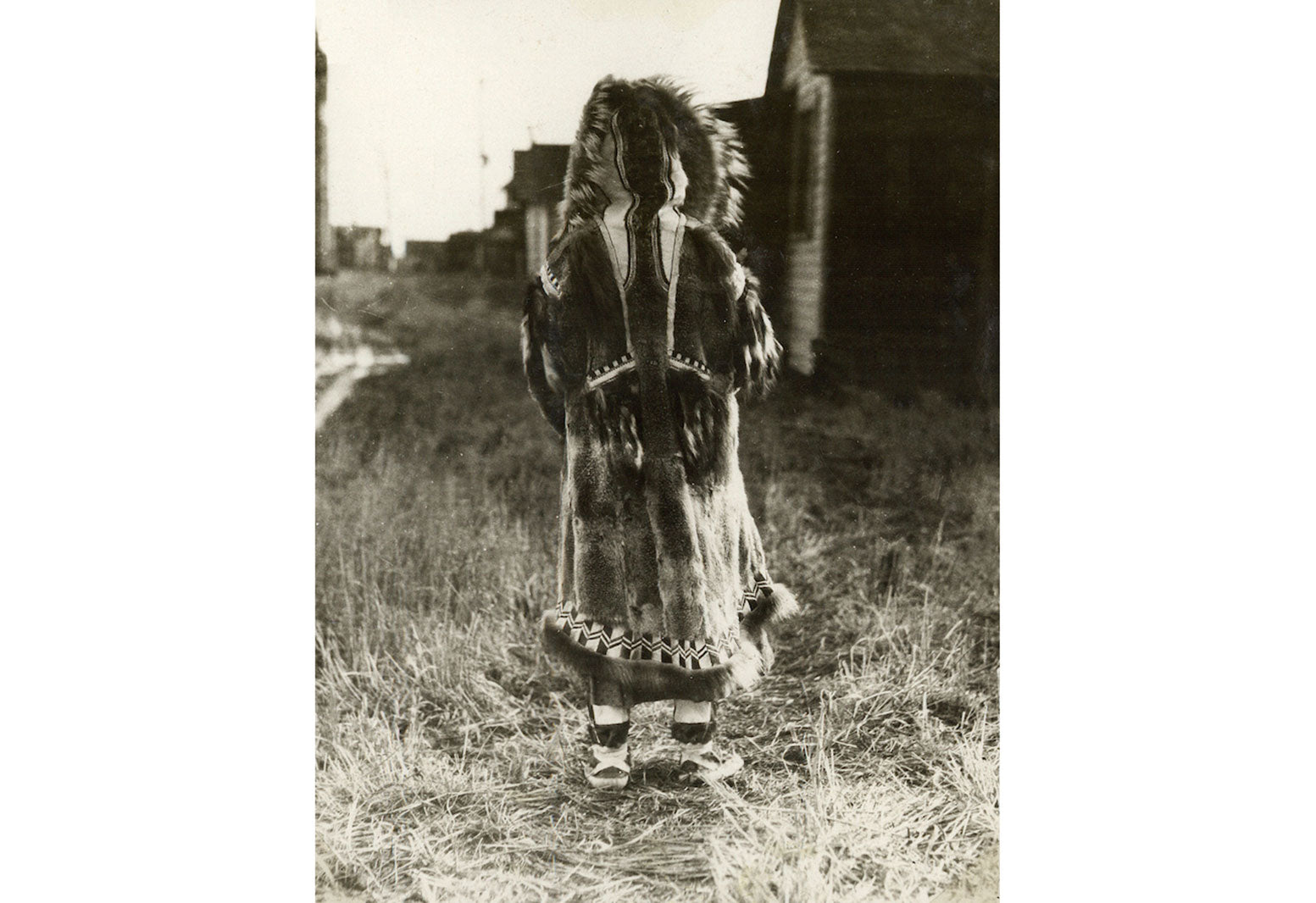
The parka is often thought to have its origins in the military uniform worn by American soldiers during the Korean War. In fact, the parka goes back much further. Invented by Caribou Inuits, parkas made of skins and sometimes fur were a necessary shield from the inclement weather in the Northwest Territories. The word parka' is derived from the Nenets language and means animal skin'. Interestingly, it is the only Nenets word that has entered and remained in the English language. Originally made using caribou or seal skin, the hides gathered in summer would provide heavier, warmer coats (they were also used for tents, mittens and boots), while spring skins created a sleeker, thinner coat often worn in layers.
This seasonal approach to coats, with a lightweight or heavyweight option, was further developed by the US Army. Both the fishtail parka and the snorkel parka were designed for military use. The Snorkel N-3B with a full hood (that could be zipped tightly to produce a small, snorkel-like view) in sage green nylon with a blanket lining was worn by flight crews in extremely cold conditions. The fishtail, named for its elongated fln-shaped back, was primarily intended for combat armed forces to wear over layers of uniform. This looser style made of thin poplin offered ease of movement while being wind and rain-proof. It's thanks to the garment's practical features that the parka transitioned to post-war 60s attirespecifically, to bikers who found it essential in protecting their work clothes from oil and dirt.
It would therefore be impossible to delve into the history of the parka without mentioning the film Quadrophenia, the 1979 classic depicting mod subculture. Genuine army surplus fishtail parkas were worn by the film's scooter boys a look that garnered a loyal following through the 80s and into the 90s, with the Brit-pop set, led by Liam and Noel Gallagher, adopting the style as their own. Fashion followed suit and the army classic became grunge staple, often juxtaposed with items more luxe think Kate Moss in a God Save the Queen' parka shot by Craig McDean for i-D in 2002, or on the cover of British Vogue in a fur-lined parka and crystal Versace dress. The parka was a pivotal item for the introduction of high-low dressing, becoming the go-to throw-on for any summer festival.
From indigenous groups in Arctic regions to the military and the mods, the parka, steeped in history, continues to be adapted with new versions each season. No longer restricted to sage green, choices range from varied fabrications, colours of black, navy and brown, fur-trimmed hoods, quilted linings, toggle, zipper or button fastenings. While styles vary, one thing is certain: the parka redux continues. No scooter or migrating caribou required.
Words by Andie Cusick
Add a comment